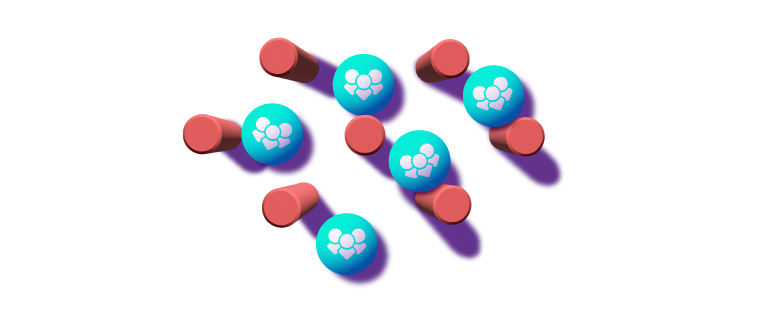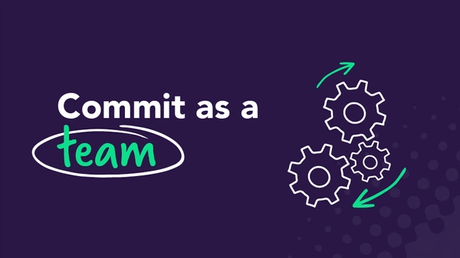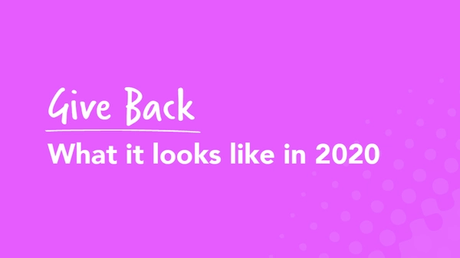Life at Easy Agile
5 min read
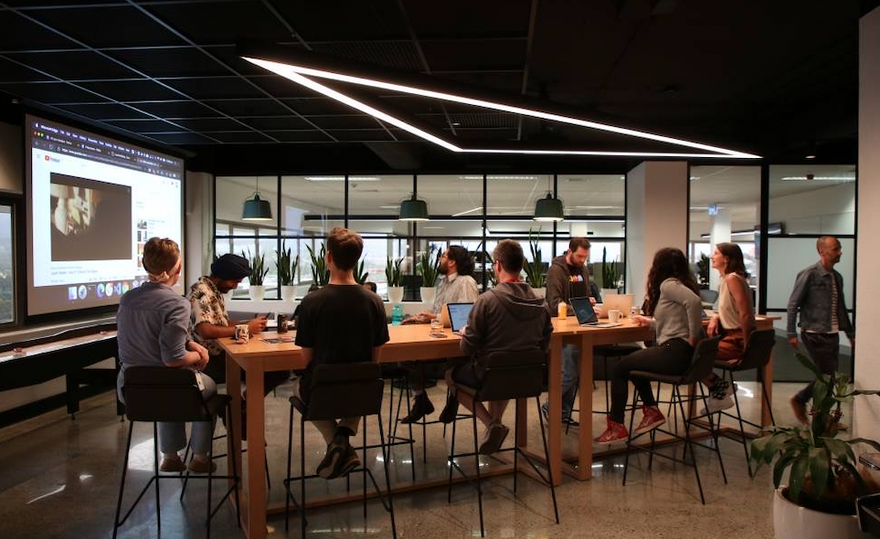
Punch above our weight
Wed Nov 18 2020
“We are a lean team, focused on working smart and delivering high impact solutions. We experiment knowing it is okay to fail as it gives us the opportunity to learn.”
Let’s talk about punching above your weight.
Things we do at Easy Agile to achieve this:
- Use Lean principles to find and eliminate waste from processes, practices
- Employ automation
- Commit as a team
- Up-skill to make ourselves better
- Experiment
In this article I’d like to focus primarily on the final two points. Where I have focused my efforts recently and some strategies that you may find valuable.
Learning and development
A growth mindset is key to long term success. Here at Easy Agile the business doesn’t just talk the talk but gives each employee a $5k per year budget exclusively for learning and development (L&D). Some of the great uses of this are:
- General Assembly course on UX
- AWS developer certification
- Odssey Effective Communication workshops
- Shift Nudge Design course
- Product world forum
I personally have bought a tonne of books this year on the company credit card and still have my full budget available because books are free as long as you feed the knowledge gained back into the team.
We have accumulated a treasure trove of classics in the company library all of which have provided value.

If the company that you work for doesn’t provide you with a budget then I suggest you put some money aside for your own L&D because if you take it seriously it will be the best investment you’ll ever make. We are also hiring.
In order to focus your efforts you need to start by...
Asking the right questions
I am a big advocate for personal responsibility and trying to cultivate self awareness. If you truly want to punch above your weight (and put the team first) then you will need to start with an honest self assessment. You’ll need to ask questions along the lines of:
- Who are my customers?
- What are their goals?
- What would help me deliver value to them quicker?
- Where can I provide the most value?
- Where do I need to get better?
- What can I do to help my team mates?
Along with a self assessment solicit feedback from your customers. This will help solidify in your mind what their goals are and identify further opportunities to help them reach those goals.
If you’re lucky they will help you with your blind spots. Be aware that if they are being truly honest they will let you know some things that you didn’t want to hear. Growth involves pain.
The main takeaway here is to look for needs that are currently not being met. The number one priority should always be delivering value to your customers quicker. The challenge is working out how you make that happen.
Experimentation
Our inception week gives us one week out of every 6 exclusively for experimentation. On top of that each Opportunity team is free to work in whatever way they see fit.
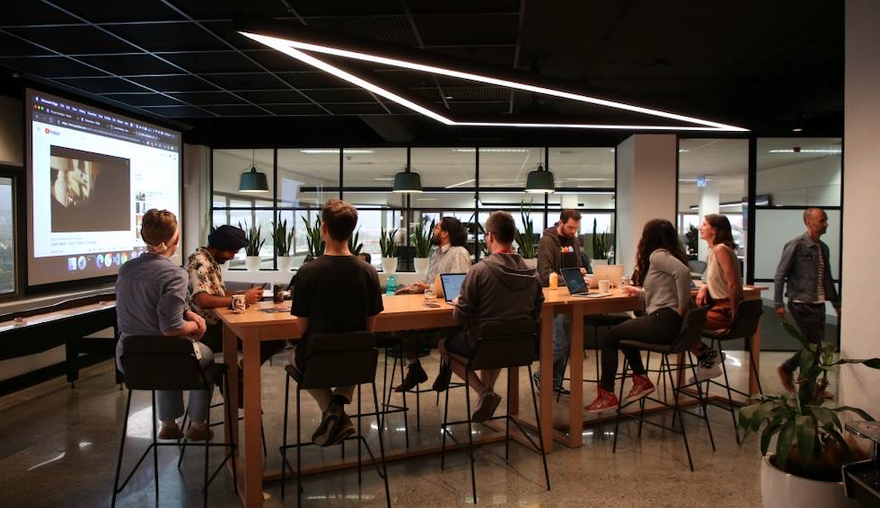
This means that we are free to practice true agile by trying different approaches, keeping what works and ditching what doesn’t.
Don’t let anyone tell you that if you aren’t following their framework to the letter then you aren’t agile. That is marketing bullshit designed to get you to buy their product!
If the company that you work for doesn’t make space for innovation then I’d recommend advocating for it.
If that doesn’t work we are hiring.
A real life example
Another thing that we care about at Easy Agile is paying down technical debt. Again, we spend a week out of every 6 working exclusively doing just that. Back in September I was looking for a way to prioritise which tech debt we should queue up next and came across this talk.
The tl;dr is that we can mine git logs for qualitative data on code hotspots which are defined as follows:

We can then prioritise work based on what we see in the data. The next step was to get out the company credit card and purchase this book from the talk’s presenter. I subsequently did further research as to whether or not the suggested approach would work for us.
After I read the book I ran an inception week project to build out our own tooling around the idea. Luckily there were some “open source starter packs”. Which can be found here, here and here.
The project turned up some interesting findings. It quickly identified one major bottleneck in the way we work. In order to qualify this finding I sent out a survey to our product development team. The idea was to gather qualitative information on the development pain point that the quantitative analysis had turned up.
I collated all of the results and fed the information back to the wider team via a short presentation on demo day. This started a wider discussion on the architecture underlying our products.
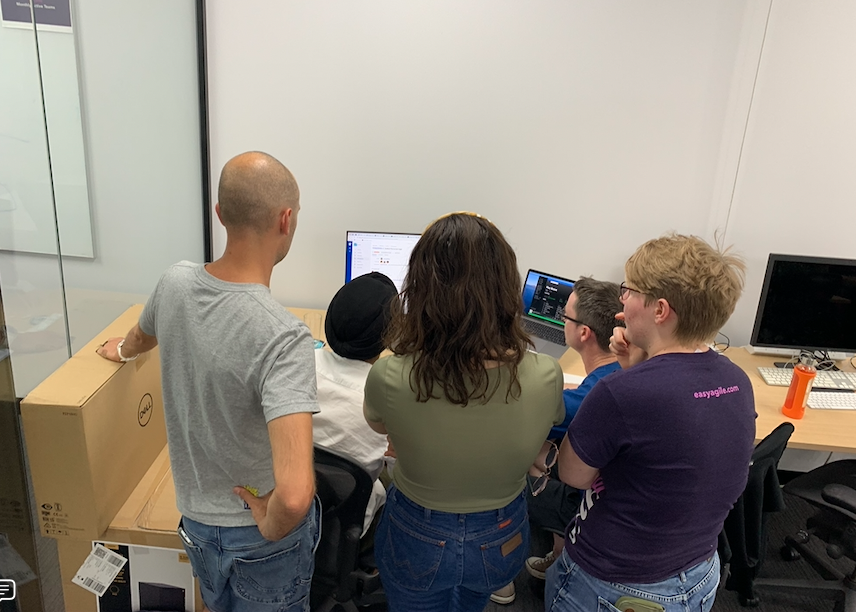
That discussion will no doubt lead to a removal of a significant bottleneck from our development process. The removal of that bottleneck will mean that we’ll be able to deliver value quicker to our customers. Everyone wins.
As the tools were built into our in-house dev-container we’ll be able to run the analysis periodically and remove any subsequent bottlenecks that spring up as a result of changing our processes.
Summary
Two of the main things that we use to punch above our weight are L&D and innovation. L&D increases knowledge which should drive innovation. Innovation leads to productivity increases and more time for L&D. All of this means you will deliver value to your customers quicker.
It’s a self perpetuating cycle and one that I recommend you get started on today.
To conclude, we’re hiring.
